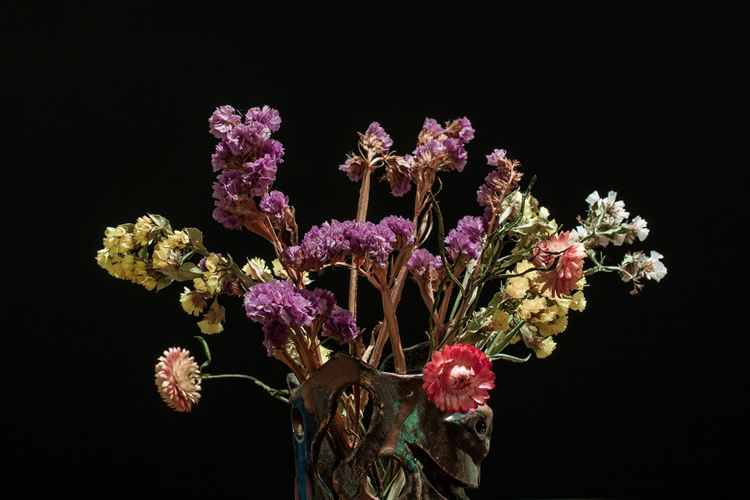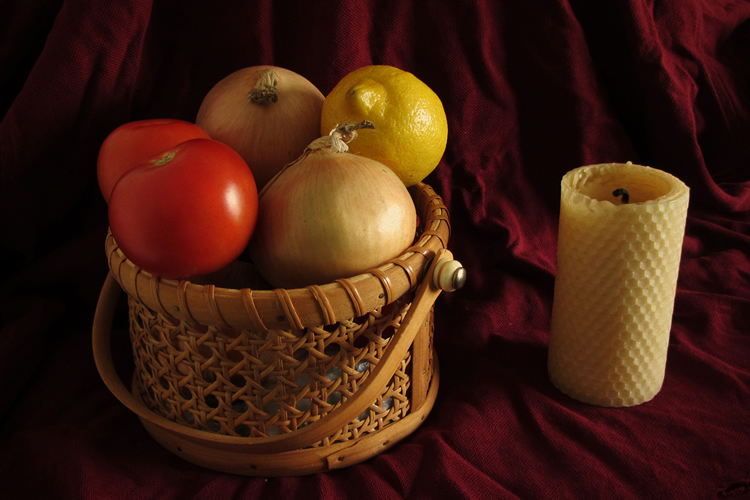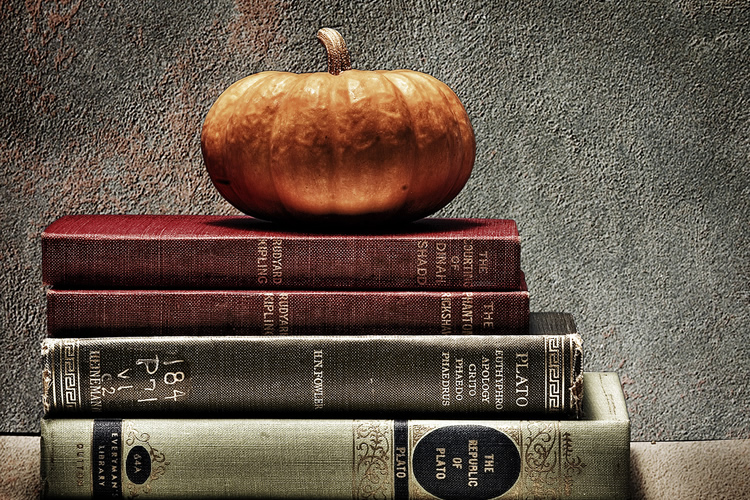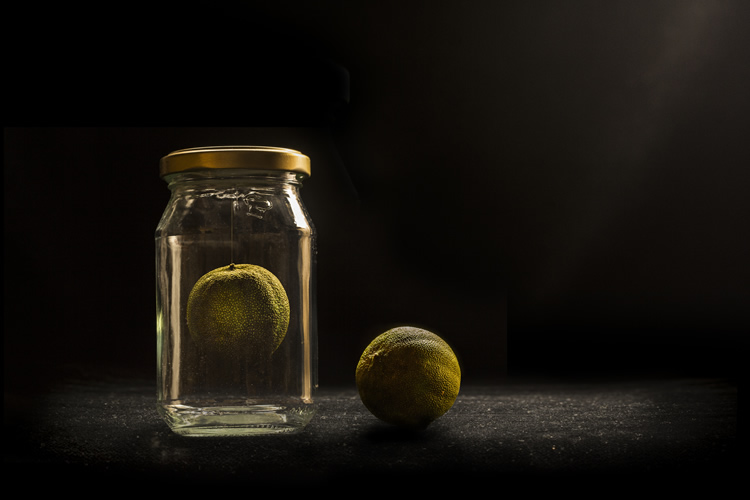How to Make the Most out of Still Life Photography
Still life photography showcases subject matter that’s not living. Things like a chair, a group of glasses, and even pictures of potted plants are all examples of this art form. Still life photography is probably one of the oldest and most attempted types of photography in the history of man.
This goes back to a bit of photography history. In the early days of photography, exposures were pretty long, which made it ideal to take shots of inanimate objects. Of course, as technology improved and time wore on, still life photography is still incredibly popular because of product shots. Whether it’s for magazines, catalogues or websites, product shots and still life anything is very much in-demand.
Here’s how you can get closer to mastering this time-honored and rather lucrative style of photography.

image by Tim Sackton
Picking Interesting Subjects
First things first: You have to select a subject that’s capable of drawing viewer interest to your still life.
It helps to select a subject with this in mind. Does it tell a story? What do I want my still life to say about this subject? This will help you narrow down the interesting subjects from the mundane ones.
You’ll need a poetic and even artistic eye to spot good subjects for your still lifes. For instance, when you’re working with multiple objects for your shot, it really pays to find a common bond among your various subjects. This could be a common theme, color, shape, function or even period of origin.
When you choose the right subject for your shots, you can get great-looking still lifes since you’ve already piqued your viewers’ interest.
Lighting Considerations
Now, lighting’s always important in photography, but perhaps it’s even more so when still life is concerned. The pros normally rely on either a light box or a soft box to shoot their still lifes because it provides even light on the subject matter. Even lighting makes for better, more attractive images.
Here’s an alternative: You can also take your still life photography outside a studio. That’s because certain outdoor conditions provide wonderful light that will really help to illuminate your still lifes. A bright or high overcast sky is great at producing a natural, soft-box effect while not creating any severe shadows.

image by Nita
Different Angles
As with other styles of photography, still life is made so much more interesting when you vary the angles from which you’re shooting. Don’t get boring or creatively stifled. One of the easiest ways in which you can change up your shooting angles is by simply adjusting the height of your shots during still life photography. This is particularly applicable if you are using a tripod.
Besides shooting right at the level of your inanimate subject, you can also try shooting higher or lower. For instance, a bird’s-eye-view shot will have you looking down on your subject, which can create a much more interesting effect. Of course, as you’re moving around to get different angles, don’t fall into the trap of getting into a position that casts a shadow on your subject.

image by Randen Pederson
Filling up Your Frame
Maximizing how much of your still-life subject you show in your frame is always a best practice. In general, you want to only see your subject in either your LCD or viewfinder. You want a clean shot that’s not tainted by including anything in the background that shouldn’t be there – like distractions. That’s why having something as minimalistic like a solid-colored wall or a plain sheet of paper is always smart.
If you’re shooting smaller subjects – like a vegetable or a piece of chocolate – then the plate or saucer on which they’re on will suffice as the background.
To ensure that your subject comes out sharp, utilize macro mode on your camera, or a dedicated macro lens. Otherwise, your subject may come out fuzzy, which isn’t a good look when the subject’s the only thing in the shot your viewers will be looking at!
Shot Composition
If you don’t compose your shot well, then all the effort you’ve put into the photograph thus far is for nothing. There are various composition techniques that you should consider for still lifes. Naturally, something as useful to all photographs like the rule of thirds is a must because it can increase the integrity of your image.
To get the perfect composition, there are a few things that you should keep in mind when arranging the elements in your shot. For example:
- Where you lead the viewers’ eyes in the picture
- The use of negative space in the image to potentially make your still life stand out
- The defining features of your subject
- What the subject is used for in everyday life
- Can it work as a standalone object, or can you somehow put it into context for the shot?

image by d4ku
Draw Inspiration
We admit: It’s not easy to create a dynamite still life… no matter how hard you try. Sometimes, experience can really help, but what happens if you haven’t done many still lifes in your career? Simple, Just get some suitable inspiration.
Look on the internet for some classic, still-masterpieces of days gone by. The Renaissance period produced many a great still life in the form of paintings, so that’s a very rich resource from which you can draw inspiration for your present-day still life. You’ll get great ideas on everything from shading and colors to how form works in a shot.
Still Lifes: A Classic to Master
If you want to consider yourself a consummate photographer, you have to master still life photography. This is truly one of the oldest and most traditional forms of photography, so it’s in your best interest to learn how to shoot it well if you want to up your photography game.
The skills you’ll learn and sharpen from doing still lifes will carry over to other genres of photography, simply because they’re all the basics coming together to create one of the more challenging-but-rewarding types of images.
Shooting still lifes may sound boring to some, but it’s really one of the better ways to hone your craft as a photographer.
